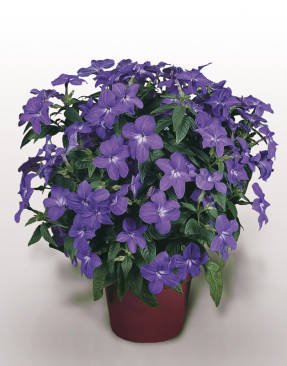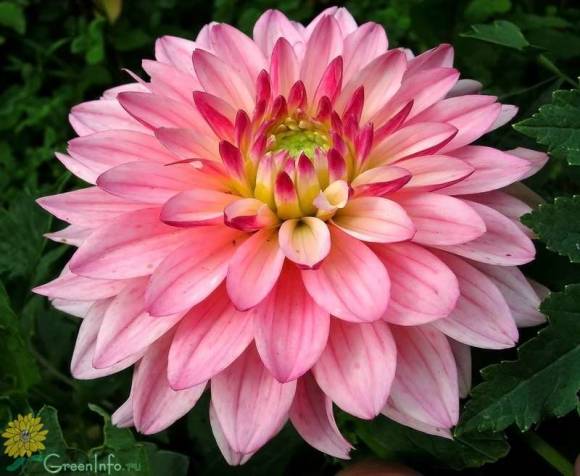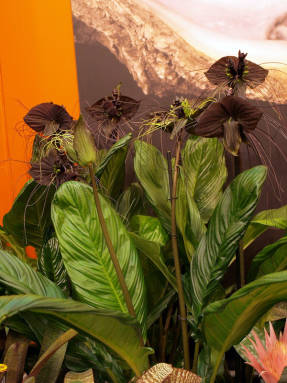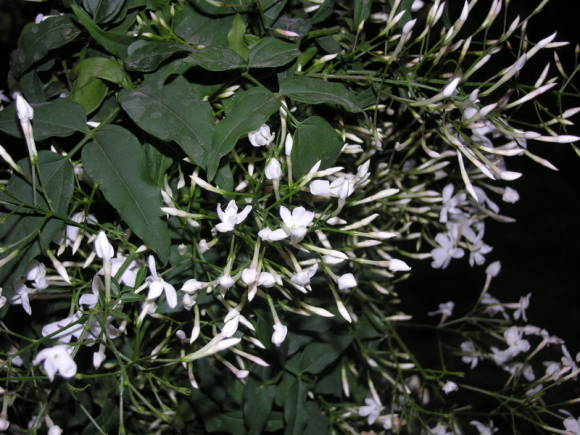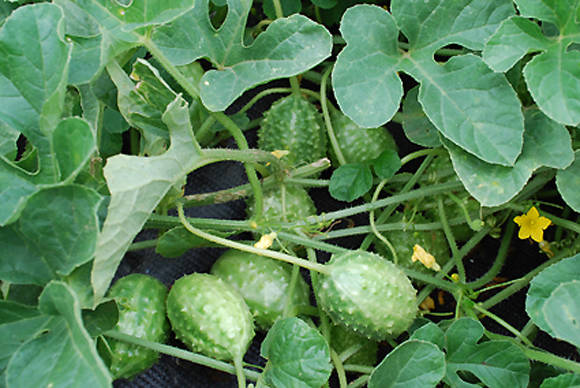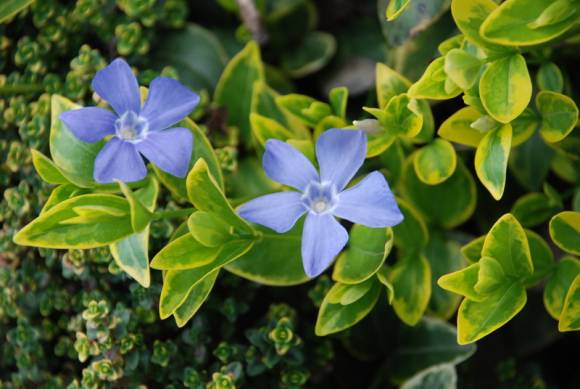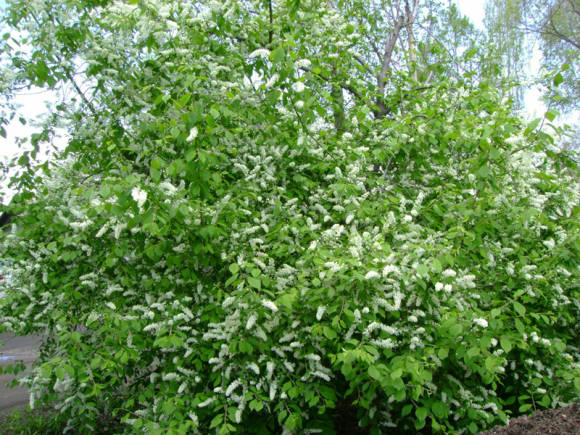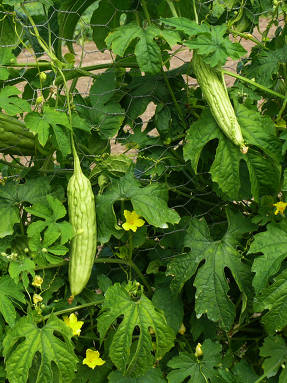
No wonder they say that everything new is well forgotten old. Hydrastis belongs to such plants.
In the wild, it is found in the forest zone of North America. Even before the appearance of Europeans on the American continent, hydrastis was widely used among some Indian tribes as a medicine and a source of a dye that dyed wool and skins yellow. The Cherokee Indians used it for indigestion, and the Iroquois treated them for whooping cough and fever, as well as liver and heart disease. Used as an antimicrobial agent.
Benjamin Smith Barton, in his first edition of Materia Medica of the United States (1798), refers to the use of yellow root to treat cancer. He later mentions this plant as a bitterness and a remedy for eye diseases. Dr. John Henry Pinkard, a renowned drug maker, made a variety of drugs from this plant in the 1920s and 1930s, which he dispatched across the country. Considering that he did not suffer from modesty, and advertising was the engine of trade, these drugs had very loud names - "Hydrastic Compound Pinkard", or "The famous Pinkard liniment". Many of his medications were simply copies from local Indian recipes.
The yellow root became popular in the mid-nineteenth century. By 1905, it was destroyed by order in the United States and Canada. And at present, the collection of wild yellow root is prohibited, and it is mentioned in Appendix II of the Convention on International Trade in Endangered Species of Wild Fauna and Flora (CITES), which by definition means collection restrictions, especially for commercial purposes. In Canada, as well as 17 of the 27 US states where this plant occurs naturally, it has been declared endangered or vulnerable. Currently, more than 60 million plants are collected in nature, without worrying about the subsequent restoration of the population. The largest area of the range is located in the Ohio River Valley, but even there its reserves have decreased by 2 times in recent years.
It came to Europe in 1760. It was introduced to Russia by the pharmacist Ferrein. Subsequently, the culture was expanded, yellow root was grown in the Tula, Kiev and Leningrad regions. And then he was forgotten. Although homeopaths still use it quite actively.

Hydrastis, or Canadian yellow root (Hydrastis canadensis) - from the Buttercup or Barberry family (often referred to as buttercups). Perennial herb. The rhizome is fleshy, yellow-brown outside, with deep seal-like traces of dead shoots, golden yellow inside, has many adventitious roots. In old plants, root suckers are clearly visible, forming, as it were, small nodules. The stem is straight, simple, rounded, about 30 cm tall. At the base of the stem there are 3-4 small brown and 2-3 larger whitish, covering the stem, leaves. Two stem leaves close, short-petiolate, finger-dissected, cordate at the base, dentate along the edges. Basal leaves are long-petiolate, 5-9 lobed. Flowers are solitary, on short pedicels. The perianth is simple, three-lobed, rarely two-four-lobed. Its leaves are falling, oblong, greenish, slightly longer than numerous stamens. Pistils, there are about 20 of them, with short columns and two-lobed stigmas, which grow into a red fleshy berry. Seeds are black, shiny, ovoid, with a strong skin and prominent ventral suture, about 3 mm long.
Now there are quite a few English-language works on the cultivation of this plant, although from the culture in America until the beginning of the 21st century, only 3% of the raw materials were obtained in culture. Today this share reaches 50%. In addition, it has been successfully introduced to other countries, in particular to New Zealand.
The dynamics of the accumulation of alkaloids is quite interesting, and it does not coincide with the recommended collection period. Most often, the roots are dug up in the fall. But research by Douglas et al. Has shown that hydrastis has the highest concentrations of histastine and berberine in early summer. Their research also found that growing from three to five years will give the highest concentration of alkaloids in the plant.
However, other studies show that when hydrastis is dug up in the fall, the thickets recover faster. And another interesting observation: loosening the soil around the plants in the autumn stimulates their growth, flowering and fruiting the next year.
Growing
Goldenroot prefers fertile, humus-rich, well-moistened, medium-textured soils. For its cultivation, both sand and heavy floating clay are undesirable. The plant does not tolerate direct sunlight; when growing, it needs shading. But on the other hand, this is a valuable quality in the eyes of gardeners - after all, there are not enough warm sunny places for everyone. Of course, you should not plant it completely in the dark, but the openwork shadow under the trees is what you need.
When growing, the plant needs protection from direct sunlight, grows well under the canopy of ash, apple, linden or artificial shading from shields. But, since most of us have fruit and ornamental woody plants on the site, shields are simply not needed.
Tilling the soil for planting is carried out to a depth of 20-22 cm. In case of infertile soils, it is necessary to add rotted manure or leaf humus (2-4 buckets per 1 square meter) for autumn digging.
Reproduction
Golden root can be propagated by seeds and vegetatively - by dividing rhizomes. Seeds are sown immediately after harvesting on previously prepared, fertile and weed-free beds. In this case, seedlings appear in the spring of next year. With a delay in sowing, seedlings appear only after a year, and sometimes two. The seedlings remain in the garden bed for a year, and then are planted in the field in a permanent place.
When propagated by rhizomes, 3-4-year-old plants are used. Rhizomes are divided in late August-early September into parts with 2-3 viable buds. Each such part in 2-4 years gives a new bush, suitable for further dividing or digging for raw materials. The distance between plants is 20-25 cm.
When planting, the buds should be covered with earth by 2-3 cm. After planting, watering is required, followed by loosening. Care consists in weeding and loosening. Of the pests, slugs and May beetles can be dangerous.
Excavation of rhizomes with roots is possible in the 3rd year after planting.
Medicinal raw materials and their chemical composition

The raw materials are rhizomes with roots dug up in the fall. The dug rhizomes are thoroughly shaken off the ground, quickly washed in water (in no case soaked in hot water - this is not linen!) And dried at a temperature of 35-40 degrees in a dryer or simply in a well-ventilated attic.
They contain isoquinoline alkaloids (hydrastine, berberine, canadine), essential oil, resins. The US Pharmacopoeia requires that the alkaloids in the hydrastine feed be at least 2% and the berberine concentration at least 2.5%. Requirements in Europe are that the concentration of hydrastine is at least 2.5% and the concentration of berberine is at least 3%. In general, the content of hydrastine in plants ranges from 1.5% to 5%, and the concentration of berberine can be from 0.5% to 4.5%. Berberine and hydrastine are poorly soluble in water, but freely soluble in alcohol, and therefore alcohol tincture is more often found in recommendations for use.
Medicinal properties
Hydrastis has an astringent, tonic (as studies have shown, hydrastin has the ability to stimulate the autonomic nervous system), choleretic (thanks to berberine), anti-catarrhal, mild laxative effect, increases blood pressure, causes contraction of the smooth muscles of the uterus (canadine), fungistatic and antimicrobial.
The plant is used in the form of an alcoholic tincture.
But the internal use of this plant requires caution and adherence to the dosage, it is advisable to use it under the watchful eye of a herbalist.
And if the information on the internal use of the plant is very contradictory and inconsistent, then its danger is described quite colorfully. So, what can lie in wait for ingestion: indigestion, nervousness, depression, constipation, fast heartbeat, diarrhea, cramps and stomach pain. High doses can cause breathing problems, paralysis, and even death. Long-term use can lead to vitamin B deficiency, hallucinations and delusions, and can affect blood pressure unpredictably as it contains several compounds that have opposite effects on blood pressure.
But it can be used externally for a variety of skin diseases. For washes and compresses, 5 ml of tincture is diluted in 100 ml of water and used for skin inflammation, eczema, psoriasis and measles. By the way, the healing properties in this case are attributed to berberine. And thanks to its content, in psoriasis, the bark of Mahonia holly is also used.
Used as a mouth and throat rinse for acute respiratory infections and stomatitis.
Douching 2-3 ml of tincture is diluted with water and used for vaginal discharge and infections. For vaginal itching, 5 ml of tincture per 100 ml of water. In combination with sacred vitex powder, it is used for hot flashes and excessive sweating during menopause.
Contraindications... Goldenseal stimulates the muscles of the uterus and is contraindicated in pregnancy and during breastfeeding. Increases blood pressure and is contraindicated in hypertension.
The essence of the fresh plant is used in homeopathy. But homeopathic remedies can even be used for a variety of diseases. The horrors and dangers described above do not apply to them. In complex herbal remedies, the extract is added to remedies for the treatment of PMS with heavy menstrual bleeding.
